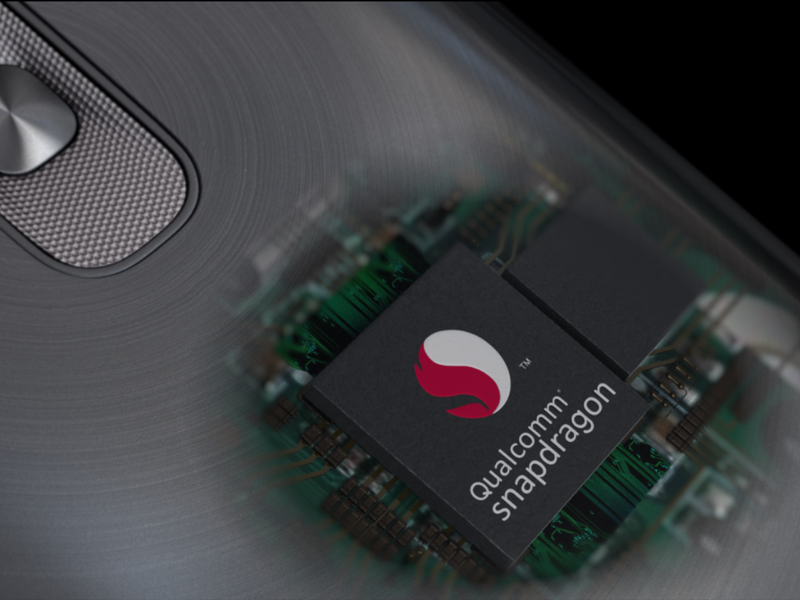Qualcomm plans to release dev kit to help improve the VR experience on mobile

Qualcomm has announced a new software development kit for virtual reality. Utilizing the power of its next-gen processors, the company is working to offer developers an expansive array of tools for virtual reality, while optimizing everything with power efficiency in mind. Expected for Q2 2016, the new SDK with chips like the Snapdragon 820 will ensure consumers are able to enjoy a comfortable and less-demanding VR experience on mobile.
The SDK will include a number of technologies for developers, including DSP sesnor function, fast motion to photon, VR layering, and power management. Those seeking more details on these implementations should hit the press release below to see what's on offer for developers.
As aforementioned, the SDK from Qualcomm is expected to hit public domain in the second quarter of 2016.
Press Release
SAN FRANCISCO, March 14, 2016 /PRNewswire/ -- Qualcomm Incorporated (NASDAQ: QCOM) today announced that its subsidiary, Qualcomm Technologies, Inc., has introduced a new virtual reality (VR) software development kit (SDK). The next generation of mobile virtual reality applications is complex, with extreme power consumption constraints and challenging performance requirements that must be met in order for the VR applications to become truly immersive. Advanced heterogeneous processors like the Qualcomm® Snapdragon™ 820 processor are capable of supporting immersive VR experiences, but can also be difficult to fully utilize without the right set of tools for developers. The new Snapdragon VR SDK is designed to abstract the complexity of immersive virtual reality and provide developers with access to optimized, advanced VR features, to simplify development and to help them attain improved VR performance and power efficiency with the Snapdragon 820 for Android smartphones and upcoming VR headsets. The SDK is expected to be available in the second quarter of 2016 through the Qualcomm Developer Network.
For the first time, many new technologies that are crucial for an optimal VR user experience will be supported in the Snapdragon VR SDK. These include:
- DSP sensor fusion: Utilizing the full breadth of technologies built into Snapdragon 820, the SDK enables developers to create more responsive and immersive experiences by easily accessing the right combination of high frequency inertial data from gyroscopes and accelerometers via the Snapdragon Sensor Core and predictive head position processing with the Qualcomm® Hexagon™ DSP
- Fast motion to photon: Supports asynchronous time warp with single buffer rendering for fast transformation of rendered images in 3D space, which helps reduce latency by up to 50% compared with not using the SDK
- Stereoscopic rendering with lens correction: Supports 3D binocular vision with color correction and barrel distortion for improved visual quality of graphics and video, enhancing the overall VR experience
- VR layering: Generation of menus, text, and other overlays so that they render correctly in a virtual world, reducing distortions that would otherwise make them difficult to read
- Power management: Integration with the Qualcomm® Symphony System Manager SDK to provide cohesive CPU, GPU, and DSP power and performance management to help achieve stable frame rates for VR applications running in low-power, thermally-constrained devices – improving power efficiency compared to not using the SDK
"We're providing advanced tools and technologies to help developers significantly improve the virtual reality experience for applications like games, 360 degree VR videos and a variety of interactive education and entertainment applications," said Dave Durnil, senior director, engineering, Qualcomm Technologies, Inc. "VR represents a new paradigm for how we interact with the world, and we're excited to help mobile VR developers more efficiently deliver compelling and high-quality experiences on upcoming Snapdragon 820 VR-capable Android smartphones and headsets."
Get the Windows Central Newsletter
All the latest news, reviews, and guides for Windows and Xbox diehards.

Rich Edmonds was formerly a Senior Editor of PC hardware at Windows Central, covering everything related to PC components and NAS. He's been involved in technology for more than a decade and knows a thing or two about the magic inside a PC chassis. You can follow him on Twitter at @RichEdmonds.